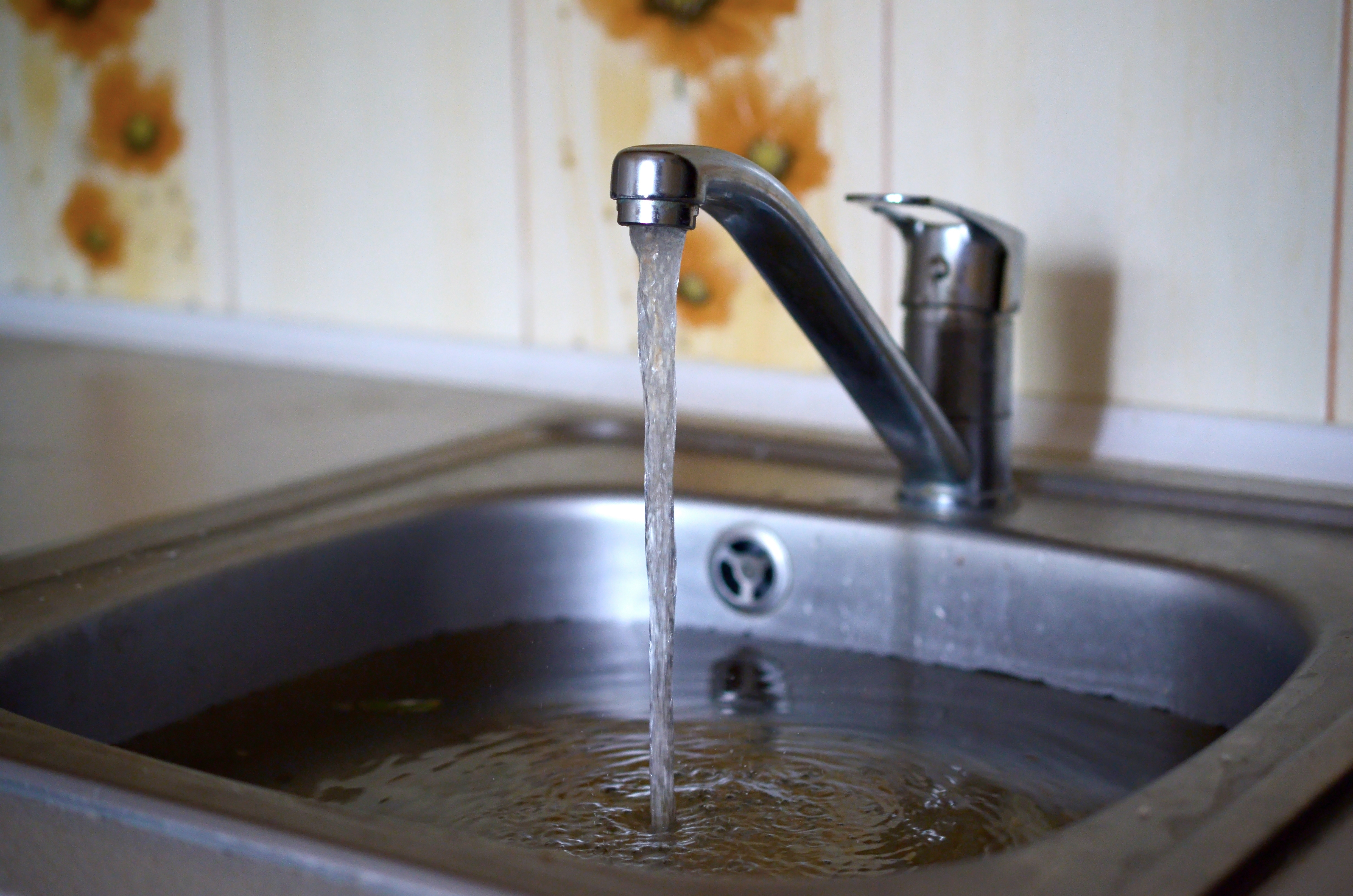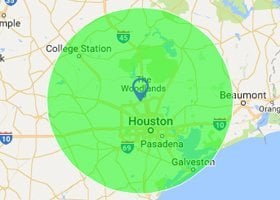How Long Will My Septic System Last?
 Having your sink or shower back up is not a pleasant experience. Figuring out the reason for the clog can be difficult. Since there can be many reasons why yours might be having this issue, here’s a guide to help you solve the problem.
Having your sink or shower back up is not a pleasant experience. Figuring out the reason for the clog can be difficult. Since there can be many reasons why yours might be having this issue, here’s a guide to help you solve the problem.
Is the drain stopper lifting fully?
Inspect how much the stopper lifts when draining. If it doesn’t lift completely, then you’re not getting enough of a connection to drain at the proper speed. Changing the length of the link between the lever and stopper can make sure that it lifts completely and doesn’t obstruct the drainage.
Are your pipes pitched correctly?
It can be difficult for a layman to tell the appropriate sloping or pitch of a pipe, but it should be roughly ¼ inch sloping per foot of any pipe less than 3 inches in diameter. If you’ve recently changed the pipes and the slow draining followed, this might be the root cause. If this is the case, then you may need to replace or re-angle the sections of pipe to get the draining back to normal.
Do you hear a gurgling sound when it’s draining?
If you hear a gurgling sound, then it might be an indication that there is some sort of blockage that is only letting through a little water at a time. One of the most common blockages is a blocked drain vent and unblocking it could help.
Do you have a septic tank?
The line between the house and the septic tank is crucial for effective drainage. If you have a tank, then any kind of obstruction, ruptures, or other issues in this line can lead to slower drainage of internal fixtures.
Is it affecting multiple drains?
Inspect for damage to outside lines
It can be hard to see evidence of damage to the outside sewer lines, so if none of the above symptoms apply or solutions work, you should have your outside lines inspected. These lines can fail and break due to age, be crushed by tree roots, or disrupted by earth movements. All of these can lead to slow drainage and may need you to replace the outside line.Make sure you don’t wait
Slow drainage might not seem like the most desperate of problems, but it can lead to bigger and more costly malfunctions the longer you leave it. As such, it’s recommended you fix slow draining pipes as soon as possible.Taking the right course of action means getting down to the bottom of why you’re experiencing  pipes draining slowly. If you have trouble coming to that conclusion, it’s better to get professional help in figuring out why, rather than simply waiting for the problem to get worse.
pipes draining slowly. If you have trouble coming to that conclusion, it’s better to get professional help in figuring out why, rather than simply waiting for the problem to get worse.




